The Euphrates River, one of the longest and most historically significant rivers in the world, has played a crucial role in the development of civilizations for thousands of years. Originating in eastern Turkey, it flows through Syria and Iraq before merging with the Tigris River and emptying into the Persian Gulf. The Euphrates has been a source of life, conflict, and inspiration, shaping the course of history in the region.
Get your dose of History via Email
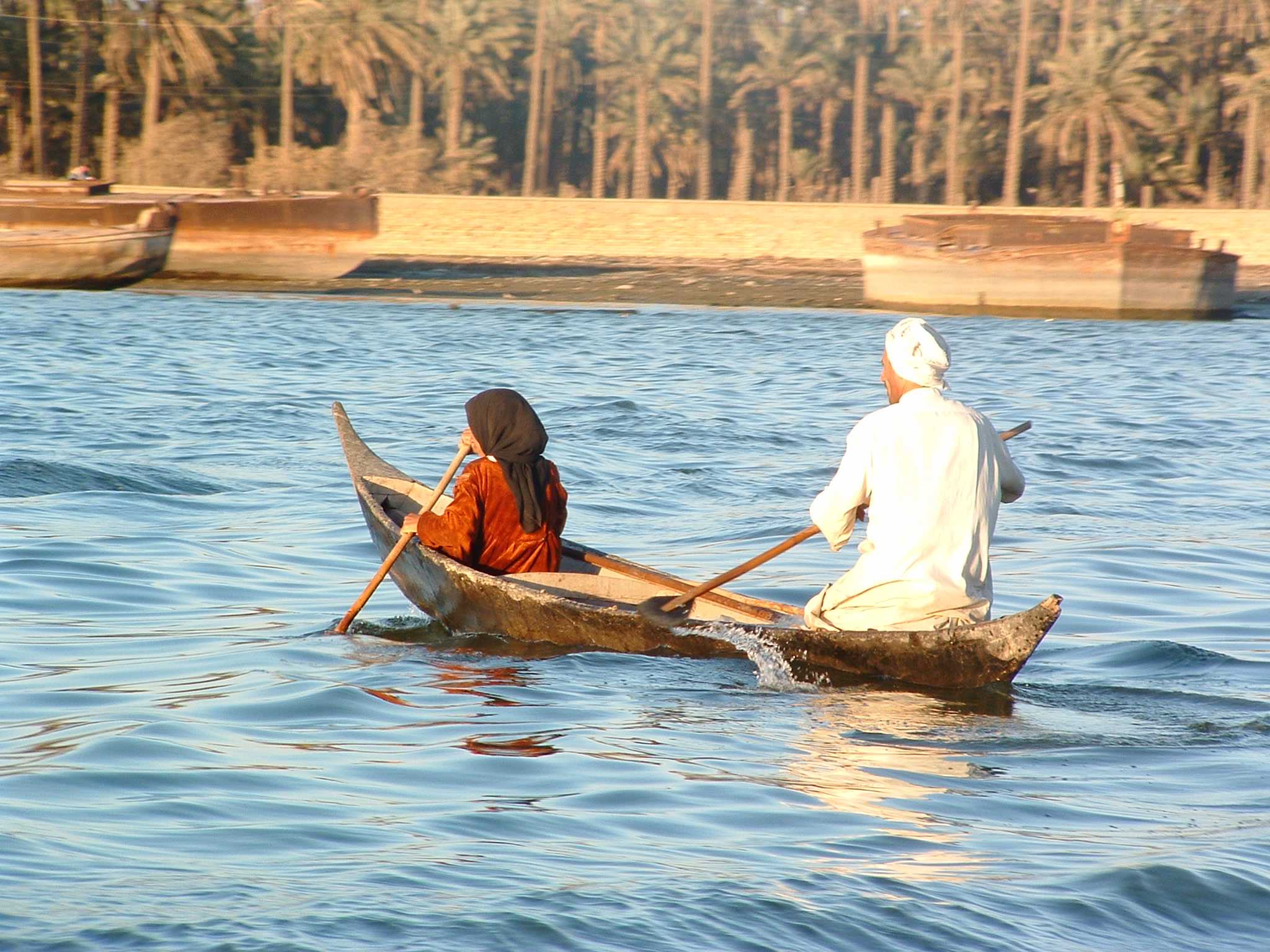
Where is the Euphrates river located?
The Euphrates River, one of the two main rivers of Mesopotamia, originates in the Armenian Highlands of eastern Turkey. From there, it flows southeast through Syria and Iraq, covering a distance of approximately 1,740 miles.
Throughout its course, the Euphrates traverses diverse landscapes, from the mountainous regions of Turkey to the desert plains of Syria and Iraq. It forms a fertile crescent, often referred to as the cradle of civilization, where some of the world’s earliest civilizations developed.
The Euphrates River eventually merges with the Tigris River near the town of Al-Qurnah in southern Iraq, forming the Shatt al-Arab. This waterway then flows for about 120 miles before emptying into the Persian Gulf.
Throughout history, the Euphrates has served as a natural boundary. In ancient times, it separated the Assyrian Empire in the north from the Babylonian Empire in the south. Today, it forms part of the border between Syria and Iraq.
The Euphrates River, with its fertile banks and abundant water, has been a vital lifeline for the people living along its course. It has provided water for drinking and irrigation, facilitated trade and transportation, and shaped the culture and history of the region.
The Euphrates river and it’s part in the rise and fall of Ancient Civilizations
The Euphrates River has played a pivotal role in the rise and fall of ancient civilizations. The fertile lands along its banks were home to some of the world’s earliest civilizations, including the Sumerians, Akkadians, Babylonians, and Assyrians.
The Sumerians, who established one of the first known civilizations around 4500 BC, developed a system of irrigation using the Euphrates River. This allowed them to grow crops in the arid environment, leading to the development of surplus food and the growth of cities.
The Akkadians, who emerged around 2334 BC, used the Euphrates River for trade and transportation. They established a vast empire that extended from the Persian Gulf to the Mediterranean Sea.
The Babylonians, who rose to power around 1894 BC, built their capital, Babylon, on the banks of the Euphrates. The river provided water for the city’s gardens, including the Hanging Gardens of Babylon, one of the Seven Wonders of the Ancient World.
The Assyrians, who dominated the region from the 14th to the 6th century BC, also relied on the Euphrates for their survival and prosperity. The river’s waters were used for irrigation, transportation, and defense.
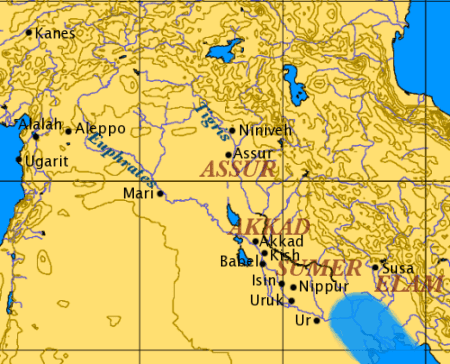
The Euphrates river and the Bible
The Euphrates River holds significant importance in the Bible. It is mentioned numerous times in both the Old and New Testaments, often symbolizing a boundary or a source of blessings.
In the Book of Genesis, the Euphrates is identified as one of the four rivers flowing out of the Garden of Eden. This has led many to associate the river with paradise and divine favor.
The Euphrates also serves as a boundary marker in several biblical narratives. For instance, in the Book of Deuteronomy, it is described as the eastern limit of the land promised to the Israelites by God.
In the Book of Revelation, the Euphrates is prophesied to dry up in preparation for the end times. This event is said to pave the way for the kings of the East to march towards the final battle at Armageddon.
These biblical references to the Euphrates have influenced religious, cultural, and political perceptions of the river throughout history.
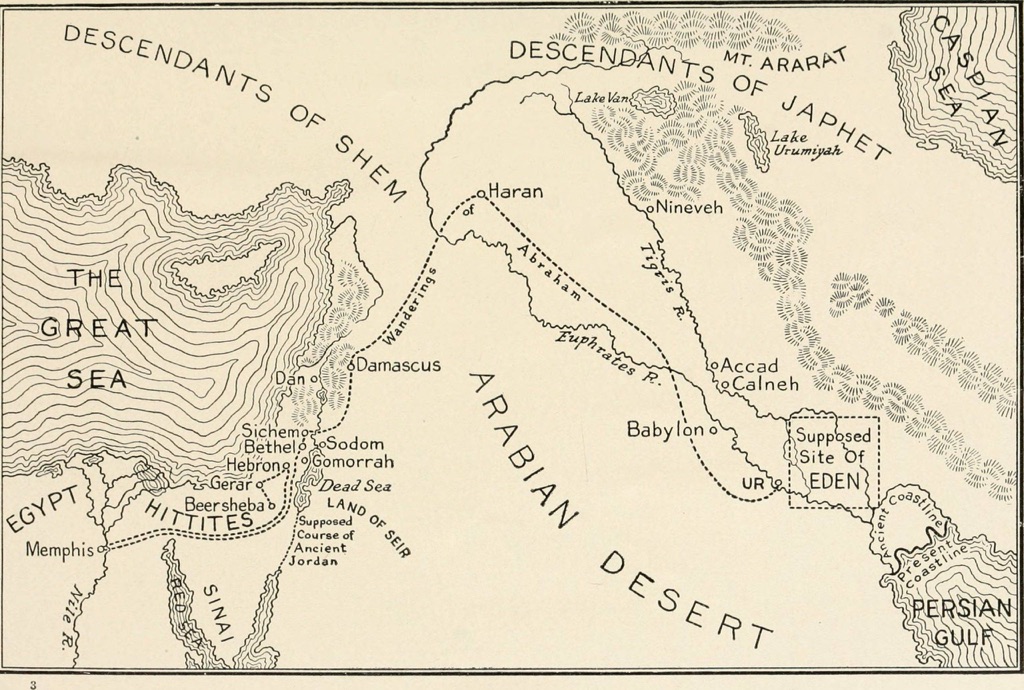
What artifacts have been found when the Euphrates has dried up?
The Euphrates River has yielded numerous archaeological treasures over the years. These artifacts, often uncovered when the river’s waters recede, provide valuable insights into the ancient civilizations that thrived along its banks.
Among the notable finds are clay tablets from the ancient city of Ebla in Syria. Discovered in the 1970s, these tablets contain thousands of texts written in cuneiform, offering a wealth of information about the city’s economy, politics, and culture.
In Iraq, the receding waters of the Euphrates have revealed ancient palaces, temples, and tombs. One of the most significant discoveries is the Royal Cemetery of Ur, where archaeologists found a wealth of artifacts, including jewelry, musical instruments, and the famous Standard of Ur.
More recently, a drought in 2009 led to the emergence of an ancient palace at the Kurdistan site of Kemune. The palace, dating back to the Mittani Empire, contained wall paintings and clay tablets with cuneiform inscriptions.
These discoveries underscore the rich history of the Euphrates River and its importance as a cradle of civilization.
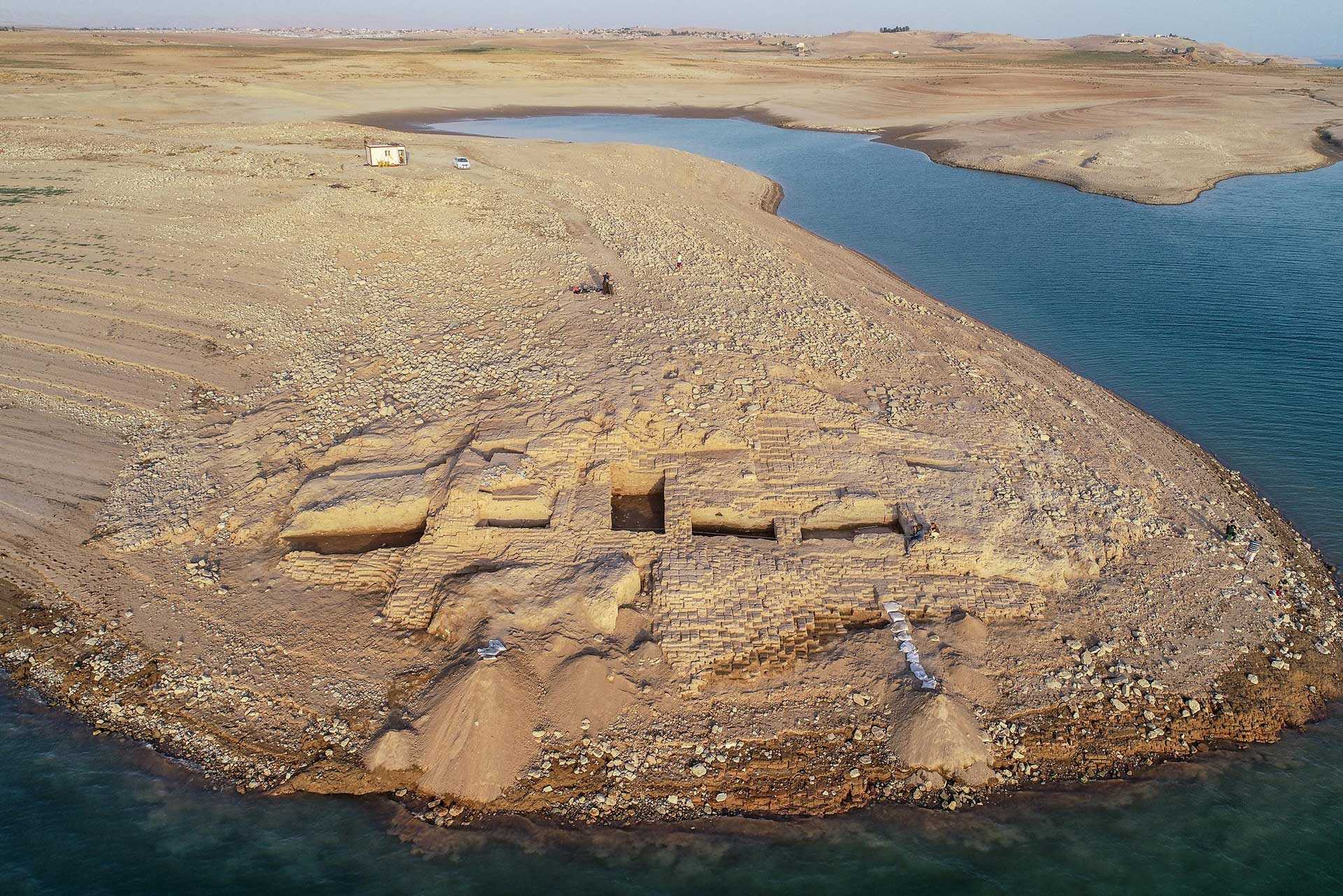
How many times has the Euphrates river dried up?
The Euphrates River has experienced periods of drought and decreased flow throughout history. These events, often linked to climatic changes or human activities, have had significant impacts on the civilizations along the river.
In ancient times, fluctuations in the Euphrates’ flow are believed to have contributed to the decline of several civilizations, including the Akkadians and the Babylonians. These periods of drought led to crop failures, social unrest, and ultimately, the collapse of these empires.
In more recent times, the Euphrates has dried up on several occasions due to dam construction and water management practices. For instance, in the 1970s and 1980s, the construction of the Tabqa Dam in Syria and the Ataturk Dam in Turkey led to significant reductions in the river’s flow.
Today, the Euphrates continues to face threats from climate change, overuse, and pollution. These challenges pose risks not only to the river’s health but also to the millions of people who depend on it for their livelihoods.
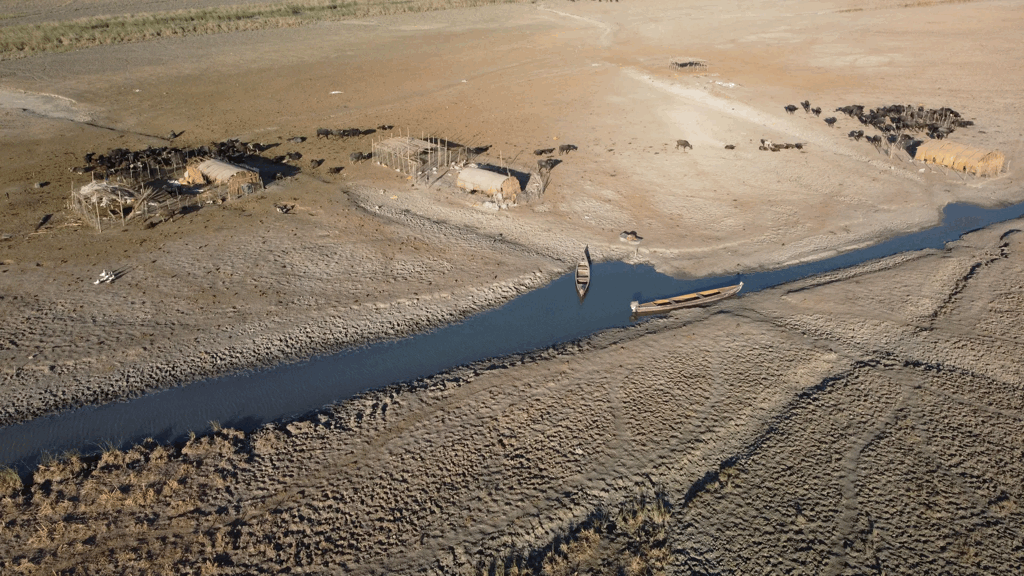
Conclusion and Sources
The Euphrates River, with its rich history and cultural significance, remains a vital lifeline for the people of the Middle East. Its waters have nurtured civilizations, inspired religions, and shaped the course of history. As we face the challenges of the 21st century, the lessons of the Euphrates offer valuable insights into the complex interplay between humans and their environment.
For further reading and verification of the information provided, please refer to the following sources:
